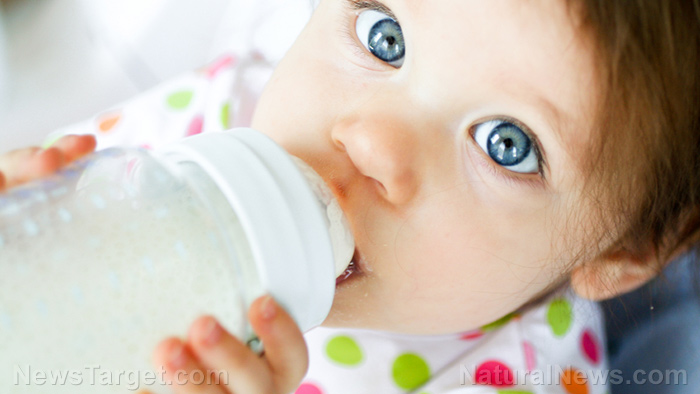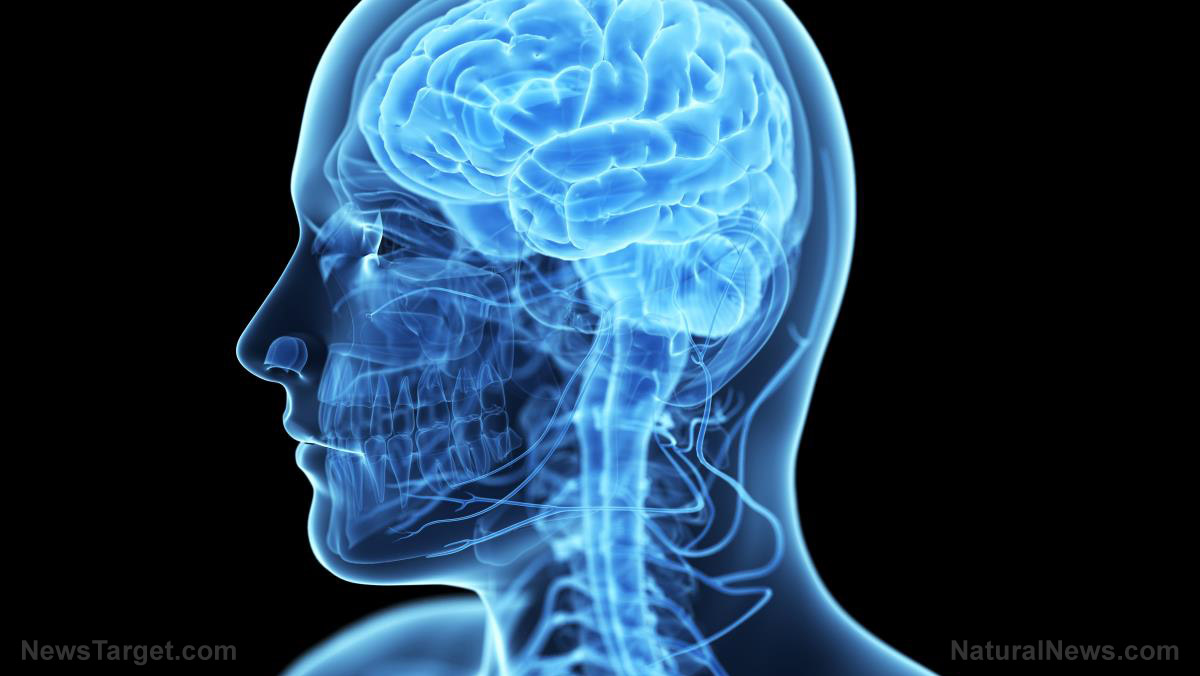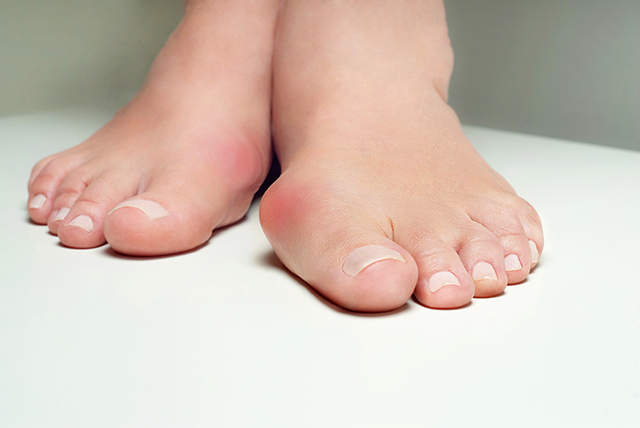Livestock offspring contaminated by Fukushima radiation
07/30/2015 / By Greg White

On March 11, 2011, a magnitude 9 earthquake sparked a tsunami off the coast of Japan that left the Fukushima Daiichi nuclear power plant in ruins. Thousands of animals were abandoned and exposed to toxic levels of radiation from the power plant. A growing body of empirical studies after the disaster shows that the radiation harmed not just neighboring animals but their offspring conceived after the disaster as well.
When the radioactive material was first released into the air, the Japanese government issued an evacuation notice for residents 30 kilometers around the nuclear power plant. Since then, studies have shown that the radioactive material has caused genetic damage and morphological changes in abandoned animals and their offspring.
Calves contain more radiation than their mothers
A study published in the journal PLOS ONE found that approximately 79 cattle that contained trace amounts of radioactive cesium, silver and tellurium. The radioactive material concentrations were 1.5 times higher in fetuses and calves than in their mothers. The heaviest concentrations of radiation were in the calves’ muscles.
“Calves are known to have excellent metabolism, but it was a surprise to learn that radiation could accumulate so easily,” Tohoku University Prof. Manabu Fukumoto, a contributing author of the study, said to sources. “We have to pinpoint the cause.”
The amount of radiation the cattle were exposed to depended on what and where they ate. Some cattle were fortunate enough to be kept in a pen and fed grass that had not been contaminated by the radiation. Predictably, the researchers found that cattle in the pen were less radioactive than cattle that grazed freely around the nuclear power plant.
Support our mission and protect your health: Organic Seeds of Life combines Red Raspberry Seed Power, Black Cumin Seed Power and Red Grape Seed Powder into the most potent nutrient-rich supplemental superfood powder you've ever experienced. Loaded with flavonoids, antioxidants, anthocyanins, OPCs, ALA and a vast array of vital nutrients. Learn more here.
Once prized for their high quality beef and milk, abandoned cattle have become tainted. Several cattle were slaughtered by the government in an effort to cover up the disaster. Some farmers, despite government orders and the risk of contamination, have returned to their properties for their abandoned livestock.
Nevertheless, researchers are making use of the cattle that remain. They are now harvesting the sperm and eggs from radioactive cows for in vitro fertilization in order to scan for DNA abnormalities in their off spring.
All wildlife contaminated
Little is known about the long-term health effects of the radioactive material. Studying contaminated animals in the surrounding region can shed light into the long-term health effects the radioactive material may have on people. Although none of the cattle showed physical deformities, the radiation has effected the outward appearance of other animals in the surrounding region.
The radiation has contaminated wildlife from the inside out. For example, pale grass blue butterflies, the most prevalent butterfly in Japan, have significantly shrunk in size. Pale grass blue butterflies that surround the plant are also experiencing slow growth rates and high mortality rates.
To examine the long-term health effects that radiation can have on human health, scientists have also studied the physiological changes in one of our closest living relatives exposed to the radioactive fallout, the Japanese macaque monkeys. The researchers found that the contaminated monkeys had low red and white blood cell levels. Having fewer blood cells makes the monkeys more susceptible to diseases. The researchers attribute these changes to the radiation.
Radiation leaking from the power plant has damaged wildlife and increased mutation rates in reproductive and non-reproductive cells. The long-term effects that this radiation will have on humans remains unknown. Nevertheless, the alarming finding of high radiation levels in calves in comparison to their mothers is sobering.
Sources include:




















